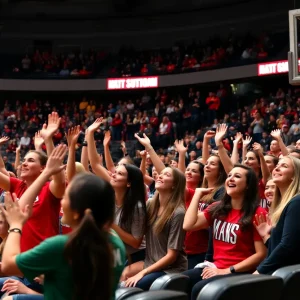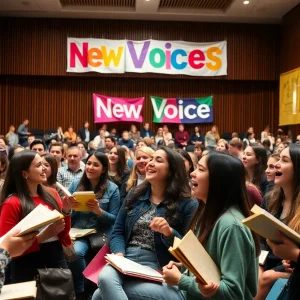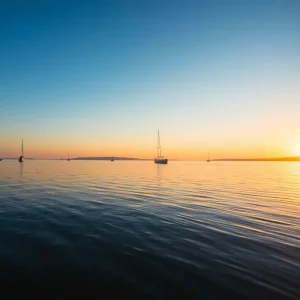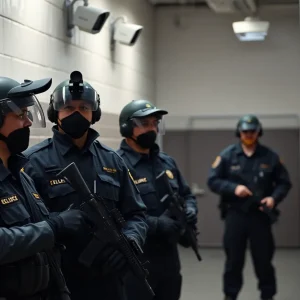Greenwood City Council Moves Forward with Land Use Plan Changes
At a special meeting held on Monday evening, the Greenwood City Council took significant steps to amend the city’s comprehensive land use plan. This meeting marked the first vote on an ordinance aimed at addressing inconsistencies that prompted a temporary housing moratorium back in May. The moratorium, enforced on May 7, gave the city 120 days to refine its housing policies and rethink its future land use strategies.
A study by consulting firm Arnett Muldrow identified discrepancies between the city’s future land use map and the existing land use patterns. According to Tripp Muldrow, this map had high-density residential zones concentrated in the city’s center, surrounded by low-density developments on the outskirts. Muldrow emphasized that if followed, Greenwood’s maximum housing capacity could exceed that of fully developed Greenville.
During the moratorium, city-county planning staff collaborated with Muldrow to draft a new land use map. The revised map introduces a shift by prioritizing medium-density residential areas and reducing high-density zones. Specifically, medium-density areas will increase from 24% to 36%, while high-density regions will drop from 27% to 13%.
In addition, the council evaluated changes to the density definitions within existing zoning districts. Although these modifications won’t change current density limits, they will make zoning practices more consistent with actual usage. “I think this does an incredible job maintaining the character of our community,” noted Councilman Johnathan Bass.
Councilwoman Niki Hutto reflected on the previous map, stating, “Our future land-use map was nothing but high density everywhere.” The new map introduces over 1,000 additional acres earmarked for medium-density residential areas.
Council unanimously voted 6-0 in favor of the first reading of this ordinance and a resolution to update the city-county comprehensive plan, which is due by 2027. City Manager Julie Wilkie indicated that updating this comprehensive plan is a meticulous process. The resolution will result in a unified development ordinance, integrating existing zoning ordinances and land development regulations. If approved in a second reading, Greenwood could potentially lift its zoning moratorium before its September deadline.
Next Steps for Grace Street Park
Meanwhile, the council also authorized a preliminary conceptual design for the second phase of Grace Street Park. The city has $1.5 million from the 2016 Capital Project Sales Tax funding designated for this project. The proposed design, contracted with Sossamon Construction Company, features a pump track for cyclists, skating elements, a pavilion, playground, volleyball courts, walking paths, and park benches. Bass requested that Wilkie examine any insurance implications tied to the pump track. Councilman Matthew Miller and Hutto both supported the unique addition, predicting it would draw bike enthusiasts from the region.
Future Development and Streetscaping
Additionally, in a work session following the meeting, council members learned about a proposed housing and commercial development at the former Kitson Mill site. This mixed-use project will feature four commercial buildings, a leasing office in a refurbished historic mill building, and spaces for apartments, lofts, and townhomes over more than 21 acres.
Wilkie also provided information on a $750,000 community development block grant allocated for streetscaping on Waller Avenue. This project will preserve most of the Crape Myrtle trees, integrate decorative brick pavers, and beautify the street area.
Solid Waste Ordinance in Discussion
The council further discussed a potential solid waste ordinance to refine curbside garbage collection. Wilkie proposed limiting city collections to trash cans and yard waste only. The current staffing structure has only four drivers splitting their time between yard waste and bulk curbside garbage collection, resulting in a seven-to-eight week collection cycle.
“We can’t keep going like this,” emphasized Wilkie. Current services would require hiring at least three additional drivers and purchasing new trucks, which could cost about $1.5 million upfront and increase annual maintenance expenses. Raising taxes to cover these costs is not seen as a feasible option. Councilman Ronnie Ables raised concerns about how elderly residents or those unable to handle their bulk garbage would cope, prompting a discussion on alternative solutions.
“Other cities do not pick this stuff up,” Councilman Miller pointed out, encapsulating the dilemma facing Greenwood.
The council plans to revisit these issues and potential solutions in upcoming meetings. They will also strategize on how to effectively communicate any new policies to residents.


























